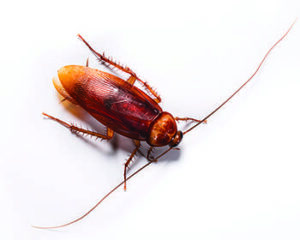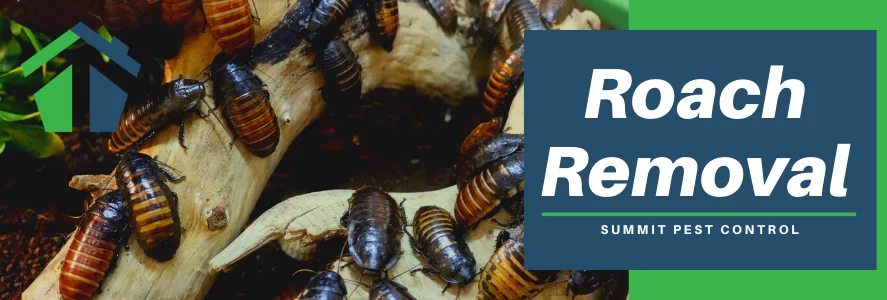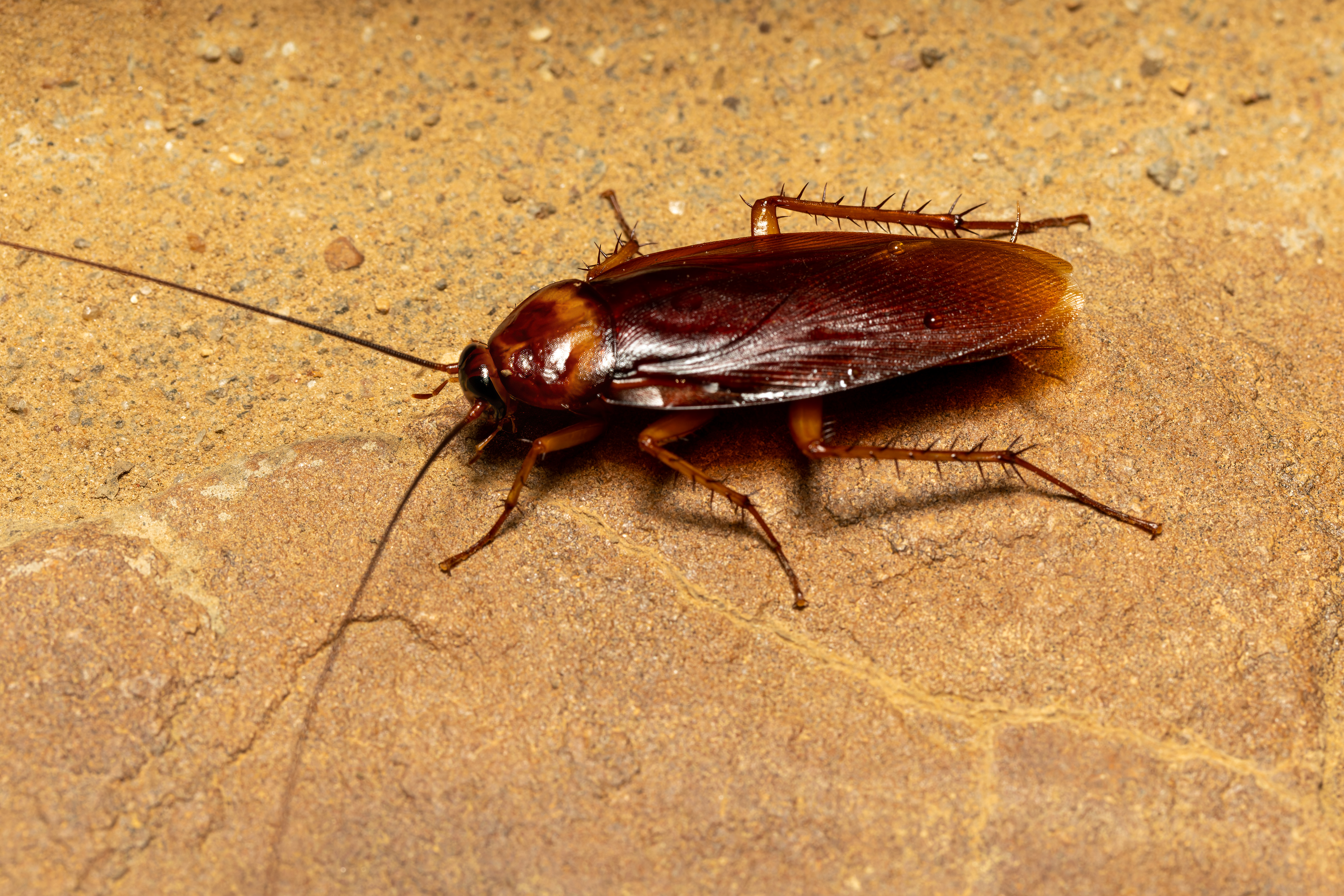Rapid and Efficient Roach Control Near Me for a Pest-Free Home
Rapid and Efficient Roach Control Near Me for a Pest-Free Home
Blog Article
Exploring Numerous Bug Control Techniques to Achieve Long-Term Success in Taking Care Of and Stopping Invasions in Residential Locations
Reliable insect control in household areas necessitates a diverse technique that stabilizes immediate outcomes with long-lasting sustainability. What might these innovations entail, and how can they transform our understanding of parasite control?
Recognizing Insect Control Approaches
Although parasites have actually existed together with human beings for centuries, the techniques used to control them have developed substantially over time. Understanding these techniques is critical for effectively taking care of and avoiding invasions in suburbs. Bug control techniques can be broadly categorized right into 3 main techniques: social, mechanical, and chemical.
Cultural techniques focus on modifying the setting to lower pest destination and reproduction. Mechanical control involves physical obstacles and catches to handle insects straight, such as screens, vacuums, and sticky catches.
Chemical control continues to be among the most widely utilized approaches, including the application of chemicals to get rid of parasites. While reliable, this method demands careful factor to consider of safety, possible resistance advancement, and ecological impact. Integrated Insect Management (IPM) incorporates these techniques to develop an alternative method, promoting long-lasting pest prevention and minimal harm to advantageous microorganisms. By comprehending these various parasite control techniques, home owners can make informed decisions that promote efficient monitoring and preservation of their space.
Eco-Friendly Parasite Control Solutions
Exactly how can house owners effectively manage pest troubles while minimizing their environmental impact? Environment-friendly pest control options provide a lasting choice to traditional methods, prioritizing the health of both residents and the bordering community. These remedies typically utilize natural ingredients and strategies that interrupt insect habits without presenting damaging chemicals into the atmosphere.
One efficient method is using beneficial pests, such as ladybugs and lacewings, which prey on usual bugs like aphids and mites. Additionally, diatomaceous planet, a natural powder made from fossilized algae, can be sprinkled in areas where insects prevail, acting as a desiccant that damages insects while staying risk-free for humans and pets.
In addition, carrying out preventative measures is crucial. roach control near me. Homeowners can make sure appropriate cleanliness by sealing access points, keeping tidy home, and taking care of waste effectively. Planting pest-repellent herbs, such as mint and basil, can likewise hinder unwanted site visitors
Inevitably, environmentally friendly insect control solutions encourage property owners to address infestations responsibly, cultivating a safer living atmosphere while promoting eco-friendly balance. By welcoming these techniques, people can add to a healthier world while successfully managing pest-related issues.
Chemical Insect Control Options
While environmentally friendly options are progressively preferred, there are scenarios where chemical pest control options may be needed for reliable monitoring of severe infestations. Chemical controls, consisting of insecticides, fungicides, and herbicides, are typically used to swiftly minimize pest populations and alleviate damage to homes and gardens.
These items can be identified right into 2 primary classifications: synthetic chemicals and natural pesticides. Artificial chemicals, such as pyrethroids and neonicotinoids, are crafted to target details parasites, providing fast knockdown results. On the other hand, natural pesticides, originated from plant or mineral resources, may provide a more eco-friendly choice while still providing reliable results.
Before employing chemical pest control, it is crucial to conduct a thorough evaluation of the infestation and identify the details insect included. This guarantees that the selected chemical is both effective and appropriate. In addition, property owners must stick to security standards, including appropriate application strategies and individual safety tools, to reduce wellness risks and ecological effect.
Integrated Parasite Management Approaches

Organic control includes the use of all-natural predators or parasites to manage parasite populations. For click now instance, introducing ladybugs can help control aphid invasions. Social methods, such as crop look at this website turning, sanitation, and environment adjustment, aim to make atmospheres less favorable to pest survival and reproduction. Physical controls, like catches or barriers, can avoid bugs from getting in homes or harmful plants.
Surveillance and assessment are crucial components of IPM, enabling prompt interventions based on pest populace limits. By prioritizing preventative steps and using a combination of methods, IPM not just addresses existing problems but likewise fosters lasting parasite management services that secure both human wellness and the environment. This extensive method is important for sustainable pest control in houses.
Arising Technologies in Parasite Control
The arrival of emerging innovations in insect control is changing the means we take care of pest populations, using ingenious options that improve effectiveness and effectiveness. Advancements in precision agriculture, as an example, make use of data analytics and sensor technologies to monitor pest task and environmental conditions, permitting targeted treatments that decrease chemical usage.
In addition, drones geared up with imaging innovation are being utilized to survey large locations for problems, supplying real-time data that help in timely decision-making. In addition, biotechnology is playing a pivotal function, with the development of genetically customized microorganisms (GMOs) made to decrease pest populaces while protecting beneficial types.

Lastly, smart catches and keeping an eye on tools furnished with IoT capacities make it possible for house owners and parasite control experts to get immediate informs regarding insect activity, facilitating prompt action. Collectively, these arising modern technologies not just enhance bug administration results yet also add to ecological sustainability by lowering reliance on conventional chemical treatments.

Final Thought
In conclusion, reliable pest control demands a complex strategy that includes social, mechanical, and chemical approaches. The integration of these methods is essential for achieving long-term success in insect administration.
Report this page